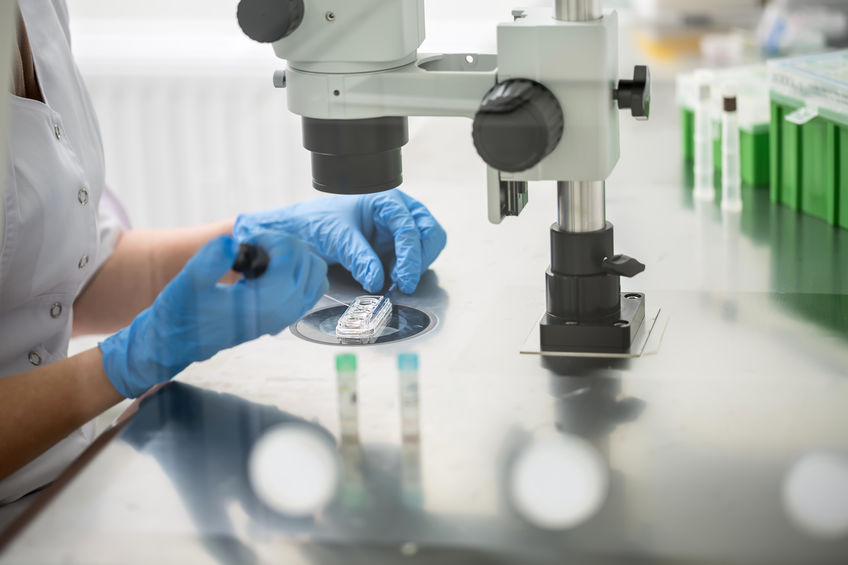Urgent Care – Bravely Grappling With The Impact Of Covid-19

As the Covid pandemic drags on, perhaps even more menacingly, fueled by the Omicron variant, telehealth may become a common feature of many US citizens’ healthcare experience.
A good slice of Americans is now saying that they had a video visit at some point in the pandemic.
“What patients expect from healthcare is now changing”, says a doctor at an after-hours clinic Washington DC.
It is convenient all right, but is virtual consultation more comprehensive?
This aspect can be debatable. Younger people, especially the millennials and Gen Z are the ones more likely to use video-based telehealth.
But there are people who did not or do not use telehealth. They do not seem to be comfortable with it. Some concerns were lack of human interaction and cost of insurance coverage.
Telehealth is certainly a viable option. But telehealth works best when it is integrated into the traditional health systems. Society is indeed evolving towards the “new normal” in this post endemic era and healthcare organizations are trying their best to cope with what patients need.
We all know going to a primary doctor can be time consuming. Very likely it may take days to get an appointment. And even during an appointment you may spend more than an hour on a trip to the doctor, and some more time waiting in the doctor’s clinic.
On the other hand, appointments in urgent care and telemedicine can be booked the same day. In the former case it can even be on a walk-in basis.
Like many healthcare options, knowing when to choose urgent care and when to book a telemedicine appointment can be confusing.
When your child is not feeling well or you have a broken bone from a fall, can telemedicine help? In many situations, you need quick visits to so that x-rays will detect broken bones; blood work could be needed, or stitching up of small wounds is required.
There is no need for hesitancy if a visit to urgent care is called for.
“We follow all Covid-19 related protocols as stipulated by CDC,” says a physician at an afterhours clinic Alexandria VA. “We go to great lengths to ensure both patients and staff are completely safeguarded from the risks of Covid-19.”
We must keep in mind that a few of the urgent care clinics have incorporated telemedicine as a way to address patient illnesses especially in cases of:
- Respiratory conditions
- Ear, nose and throat ailments
- Conditions affecting the skin
- Some other urgent, but non-life-threatening, conditions
During the past two years, healthcare has experienced unprecedented obstacles and challenges. Under such situations, urgent care has displayed unparalleled strength. Covid-19 became a national emergency and quickly brought to surface the vulnerabilities of the American healthcare system.
“We accepted this challenge head-on”, says a physician at an afterhours clinic Washington DC. “No patient was left unseen”. Yes, it is true the Omicron variant to some extent has impacted urgent care operations across the United States. But the good news so far is that this variant is milder than previous versions. It should not be long for us to see normalcy soon.



